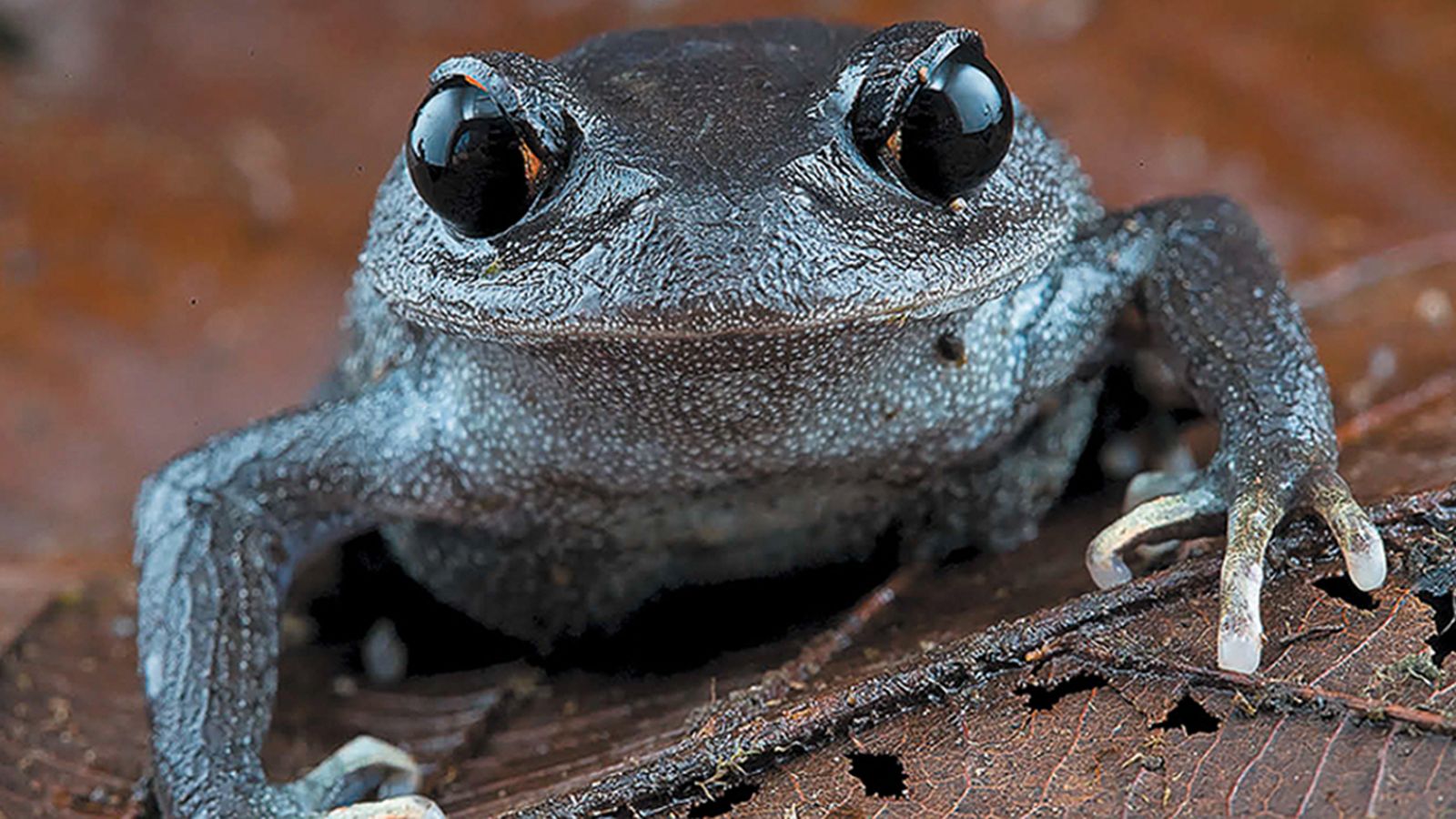A monkey, a big-headed frog, and a knobbly newt are among 224 new species that have been discovered in a wildlife “hotspot”.
A total of 155 plants, 16 fish species, 17 amphibians, 35 reptiles, and one mammal have been found in the Greater Mekong region of southeast Asia, conservation charity WWF has said.
The discoveries showed the area, which spans Cambodia, Laos, Myanmar, Thailand, and Vietnam, is rich in wildlife diversity but also highlighted the need to protect species and habitats from being lost, the organisation added.
Among the unusual finds was a Popa langur monkey, which is expected to be listed as critically endangered.
About 200 to 250 of the langurs are thought to be living in the wild in four isolated locations and are threatened by hunting, habitat loss, agriculture, and timber extraction.
The first evidence of the primates’ existence was collected from specimens more than a century ago, which are now featured at London’s Natural History Museum.
What other species were found?
Chimps learn tool use from others and may be more similar to humans than first thought, research says
Dog rescued after getting stuck in 22ft mountain crevice for 34 hours
Revealed: Study finds how pandas gain weight on a bamboo diet
An orange-brown knobbly newt with a racing stripe down its back, which was first spotted in a 20-year-old photo, was found in Thailand, along with an orange and grey rock gecko.
In Vietnam and Cambodia, a big-headed frog was found and in Burma, a colourless cave-dwelling fish was discovered.
The word’s first succulent bamboo, whose stem can inflate and deflate during the dry and wet seasons, was also among the newly-found species after being identified in Laos.
A plant with a pungent odour from the ginger family that was first found in a shop in eastern Thailand, a mulberry tree from Vietnam, and a series of begonias from Laos and Burma have also been described as new species.
“They require out greatest respect”
Regional wildlife lead at WWF-Greater Mekong, Dr Yoganand Kandasamy, said more than 3,000 species have been spotted in the area in the past 24 years.
She added: “The Greater Mekong region is no doubt a world heavyweight contender for species discoveries.
“These species are extraordinary, beautiful products of millions of years of evolution, but are under intense threat, with many species going extinct even before they are described.
“They require our greatest respect, utmost attention, and urgent actions to protect their habitats and minimise exploitation.”
WWF-UK’s director of science Mark Wright urged governments, who will meet for the UN global biodiversity summit later this year, to commit to halting and reversing the destruction of nature by 2030.
He added that the new findings show the “extraordinary diversity and inventiveness of nature” but also serve as a “timely reminder of the extreme jeopardy that so many of these species and habitats face.”






















